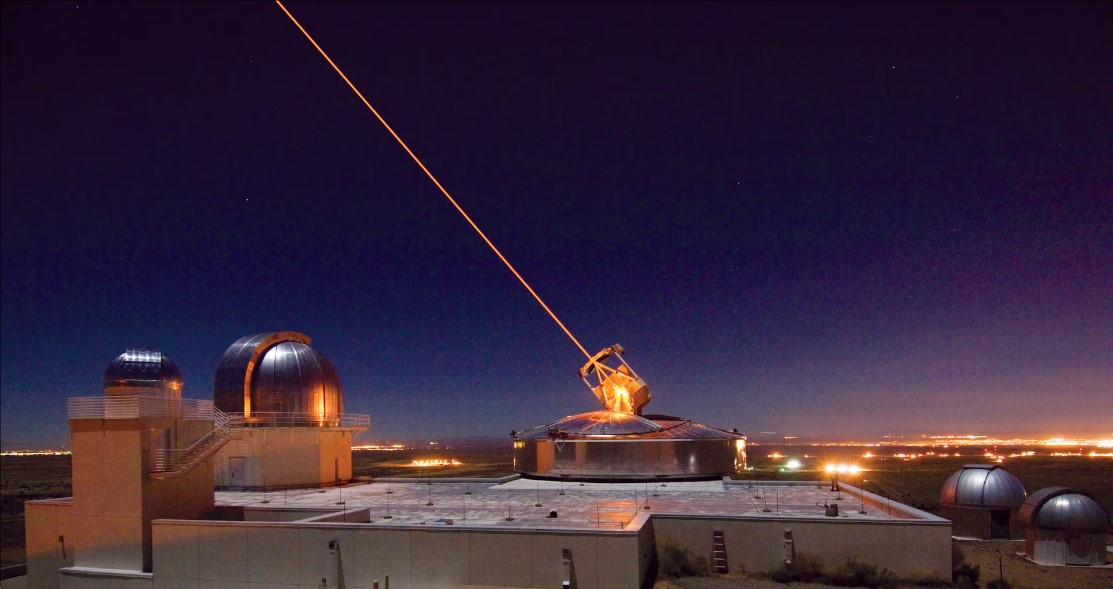China's Breakthrough in Fusion Energy: World's First High-Temperature Superconducting Tokamak

China's Energy Singularity has achieved a significant milestone with the HH70, the world's first high-temperature superconducting tokamak, marking a leap forward in fusion energy technology.
China has made a significant advancement in fusion energy technology with the completion and operation of the HH70, the world's first fully high-temperature superconducting tokamak device. This development, announced by Chinese news outlet CGTN, represents a major leap forward in the quest for clean and sustainable energy.
The HH70, built by the commercial company Energy Singularity in Shanghai, stands out for its use of high-temperature superconducting materials in its magnetic system, a global first. Unlike traditional tokamak devices, which are typically large and expensive, the HH70 is smaller and cheaper to produce. This could pave the way for more commercially viable fusion reactors in the future.
Guo Houyang, co-founder and CTO of Energy Singularity, highlighted the rapid development of the HH70, achieved in just two years. This swift progress sets a world record for the fastest development and construction of a superconducting tokamak device. The successful operation of the HH70 is a crucial step in verifying the engineering feasibility of high-temperature superconducting tokamaks, potentially leading to a clean and sustainable energy future.
Fusion energy, often referred to as "artificial sun" technology, aims to replicate the nuclear reactions that power the sun. This technology offers a promising solution to the world's energy challenges. According to the World Energy Outlook, if fossil fuels like oil, natural gas, and coal are gradually phased out, humanity could face an energy shortage exceeding 10% by 2050. Controlled nuclear fusion could address this shortage, providing a clean and sustainable energy source that helps combat climate change and resource depletion.
Recent advancements in high-temperature superconducting materials and other technologies have made it feasible to develop economically viable tokamaks. The HH70 serves as an experimental machine designed to harness the energy of fusion, demonstrating significant progress in this field.
Energy Singularity has ambitious plans for the future. By 2027, the company aims to build a next-generation tokamak featuring a steady-state, high-magnetic-field, high-temperature superconducting model. This project will lay the groundwork for commercially viable fusion energy, with the ultimate goal of creating a demonstration power plant by 2030.
In summary, the HH70's successful operation marks a milestone in fusion energy technology, potentially leading to a future where clean and sustainable energy is a reality. This achievement underscores China's growing role in global technological innovation and its commitment to addressing the world's energy challenges.



